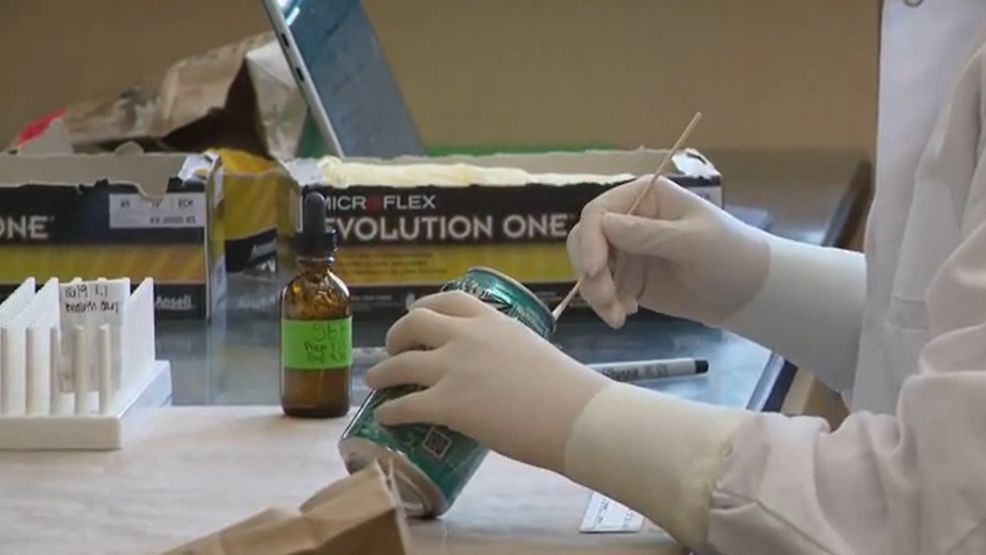LONDON, Ohio (WSYX) — Inside the Ohio Bureau of Criminal Investigation’s DNA lab, forensic scientists are dedicated to solving the mysteries of unidentified remains and bringing closure to families of missing persons.
Hallie Dreyer, DNA lab supervisor, emphasized the persistence required in work. “They are very stubborn; they are not usually willing to give up easily,” said Dreyer.
Currently, around 100 cases of unidentified remains await resolution in Ohio.
“DNA is definitely the game changer,” said Jennifer Lester, a criminal intelligence analyst with BCI. “It helps bring them answers they are looking for,” she added, noting its role in reuniting families with their loved ones.
Last month in Scioto County, authorities discovered remains linked to several missing persons cases dating back 40 years.
The Scioto County Sheriff’s Office enlisted the bureau’s help in the investigation. Dreyer explained the challenges faced when remains have been exposed to the elements for extended periods. “Sometimes remains have been out in the elements for long periods of time,” said Dreyer. “And it is a little more challenging to get DNA profiles, but the forensic scientists behind me are pros.”
The lab’s workload includes analyzing DNA from biological family members and unidentified remains as part of Project LINK, a program designed to connect unknown individuals. “Without the DNA we have now,” said Lester, “some of these cases would still be sitting.” Dreyer described the excitement of making a potential identification.
“It is electric when you get a lead when you get a potential identification.” – Hallie Dreyer
A notable success occurred when DNA from a skull found in Ross County in 1996 was tested, identifying the remains as World War II veteran Ward Thomas, who went missing in 1972. “They were able to bury him with veteran honors,” said Lester. “They had a huge funeral, once he was identified.”
Since 2021, Project LINK has opened 487 cases, closing 412 of them.
LINK CASES OPENED/ LINK CASES CLOSED:
2021 153/1262022 114 /932023 111/1012024 88/752025 21/17
The forensic scientists often work with minuscule DNA samples, sometimes as small as a nanogram. Dreyer explained the lab’s capabilities. “We do have a lot of tools in our arsenal at BCI, for these challenging samples, we have a lot of resources we can throw at it,” she said.
The lab now using a DNA extraction robot that accelerates the process of obtaining pure DNA samples.
“We are always looking out for that, what’s next, what’s faster that can get more DNA,” said Dreyer. The ongoing advancements in forensic technology continue to aid in providing answers and bringing the missing home. “Evidence cannot speak unfortunately, that’s our job as forensic scientists,” said Dreyer. “Being able to provide that to law enforcement, being able to provide that to a family, that’s what we do.”
Follow ABC 6 On Your Side Reporter Steve Levine on Facebook and X.


